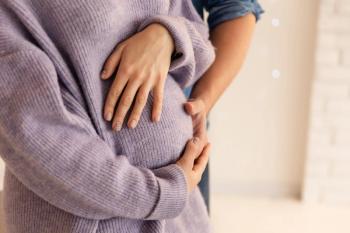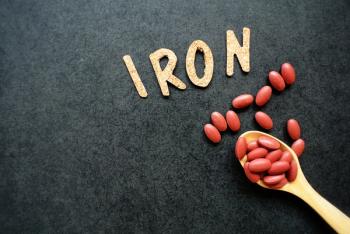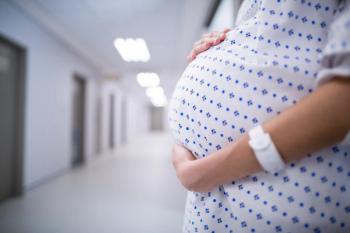
Lasofoxifene Effective for Dyspareunia
Dyspareunia is a significant problem in postmenopausal women. A recent study at George Washington University found that up to 92% of sexually active women reported moderate or severe symptoms. Forty percent of women cited dyspareunia as their most bothersome problem associated with vaginal atrophy. A recent Phase III trial showed that lasofoxifene can significantly improve the symptoms of dyspareunia as well as increase bone mineral density (BMD) in postmenopausal women.
Dyspareunia is a significant problem in postmenopausal women. A recent study at George Washington University found that up to 92% of sexually active women reported moderate or severe symptoms. Forty percent of women cited dyspareunia as their most bothersome problem associated with vaginal atrophy. A recent Phase III trial showed that lasofoxifene can significantly improve the symptoms of dyspareunia as well as increase bone mineral density (BMD) in postmenopausal women.
Margery Gass, MD, led a 12-week, randomized study at George Washington University comparing lasofoxifene to placebo. Dr. Gass said the results clearly show the benefits of the drug.
At baseline, moderate to severe symptoms of dyspareunia were reported by 73% of all women in the study and 92% of sexually active women. After 12 weeks, women taking 0.25 mg/day of lasofoxifene showed a 1.2 decrease in their dyspareunia symptom score. Women receiving 0.5 mg/d showed a drop of 1.5. Women in the placebo arm showed a drop of 0.9 in their symptom score (P=0.056 and 0.018, respectively).
Vaginal bleeding was rare in all three groups and there were no differences in the percentage of women experiencing vaginal bleeding between any of the three groups. Lasofoxifene is the first elective estrogen receptor modulator to show a beneficial effect on dyspareunia.
Simon J, Gass M, Kagan R, Spino C, Nemeth MA. Lasofoxifene effectively treats dyspareunia in postmenopausal women with vaginal atrophy. Obstet Gynecol. 2005;105(4 suppl):2S.
Newsletter
Get the latest clinical updates, case studies, and expert commentary in obstetric and gynecologic care. Sign up now to stay informed.









